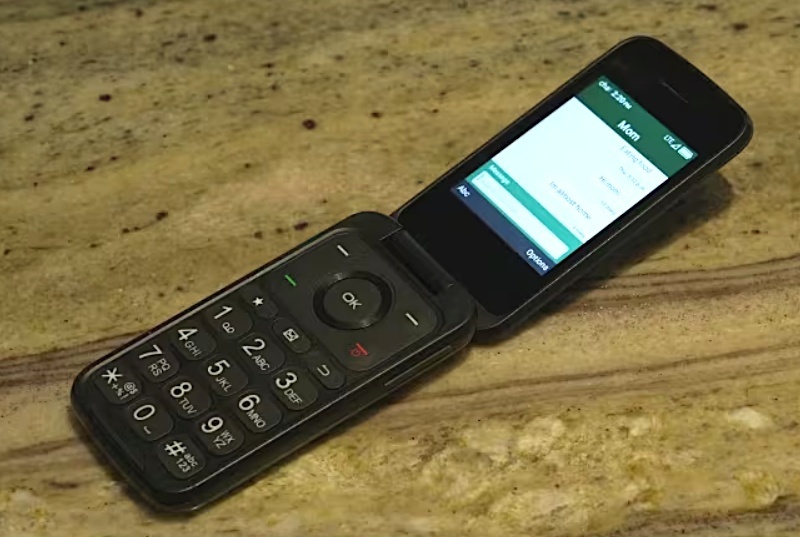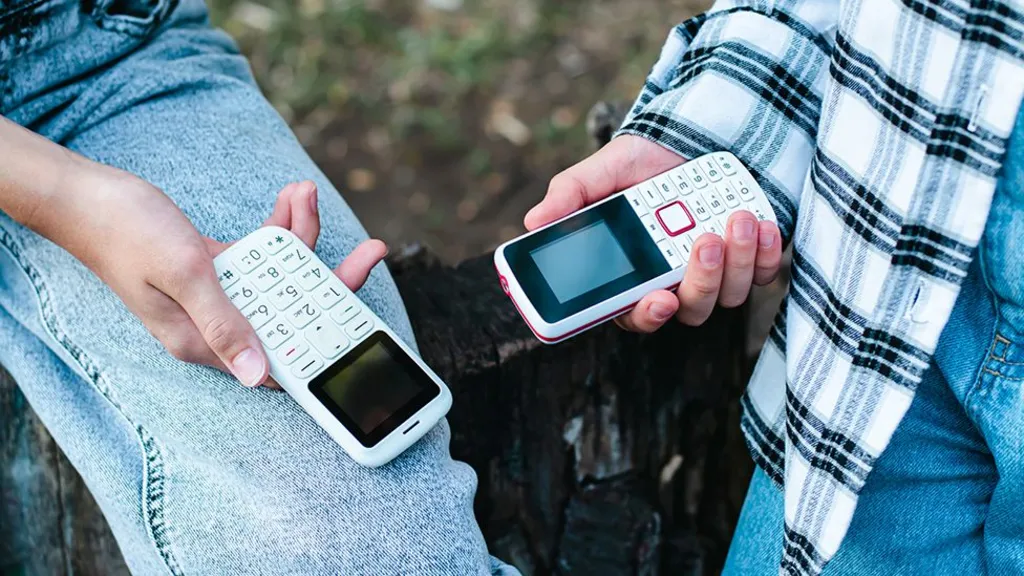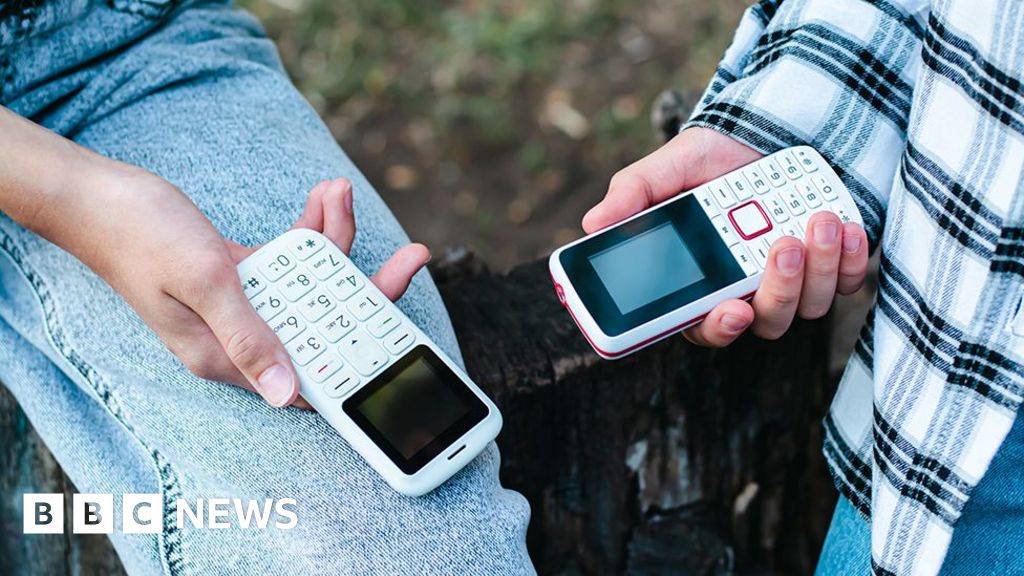Dumb Phone
Elsewhere a friend laments:
The frequency with which I need my email and a notebook while I'm on the phone makes integrated devices foolish.
I'd covered that point a few years ago in a larger essay on the tyranny of the minimum viable user:
It's also interesting to consider what the operating environment of earlier phones was -- because it exceeded the device itself.
A business-use phone of, say, the 1970s, existed in a loosely-integrated environment comprising:
- The user
- The phone itself
- A Rolodex or addressbook / contacts list
- The local PBX -- the business's dedicated internal phone switch.
- A secretary or switchboard operator, serving also as a message-taking (voice-to-text), screening, redirect, directory, interactive voice response, and/or calendaring service
- A desk calendar
- A phone book
- A diary or organiser
- Scratch paper
Critically: these components operated simultaneously and independently of the phone.
A modern business, software, or smartphone system may offer some, or even all, of these functions, but frequently:
- They aren't available whilst a call is in process
- They have vastly less capability or flexibility than the systems they replaced
https://old.reddit.com/r/dredmorbius/comments/69wk8y/the_tyranny_of_the_minimum_viable_user/
There's also the increasingly evident problem that having all your critical data on a communications device is a fundamental and intractable risk. The dis-integrated business telephony environment of the 1950s--1990s maintained data isolation between elements. Telephone numbers served as the reasonably-viable data-exchange-and-linking interface between components (map a name or address to a number, enter the number on a calendar or correspondence, etc.).
It's almost as if putting your filing system, personal diary, correspondence, photo album, and directory on a surveillance and exfiltration device was a Bad Idea.
And not just from a UI/UX / accessibility perspective.
It turns out that a chief affordance of the old POTS landline telephone was the air gap between it and everything else inside your office / home.
(We can talk about the solicitations, robocalls, and phishing issues separately.)
#telephony #telephones #risk #AirGap #data #DataAreLiability #UIUX #Usability #SmartPhones #DumbPhones #computers #communications #privacy #security #surveillance




